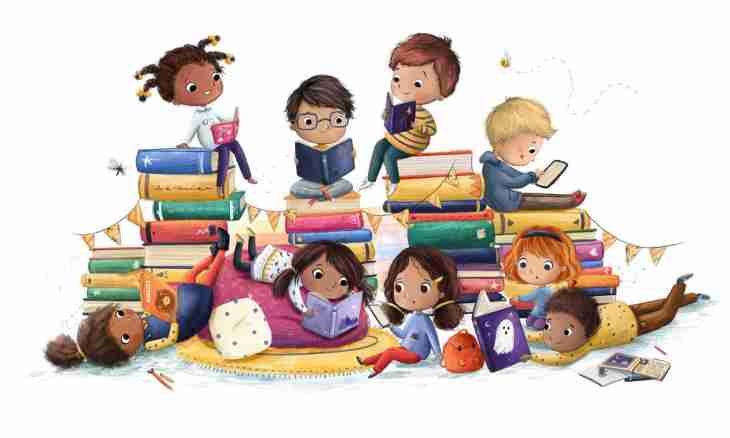When drawing the child tries to represent on a paper leaflet what feels and what he thinks of. The analysis of such drawing – a good opportunity for parents to estimate internal state of the child; to understand whether it is lonely to it; to learn, what does he think of various family members; to catch the hidden tension proceeding from the young artist; to feel his mood. And also approximately to estimate the level of development of the child.
For a start it is possible to suggest the child to draw all family members, busy, on a usual paper leaflet with colored pencils. Do not disturb and do not hurry him, do not comment represented. Let draws so much time how many it will be required. Then try "to experience" the picture. What feelings does it at you cause? If gloomy, sad, aggressive, dim, gloomy, then the child obviously feels somehow uncomfortably. But do not hurry to panic! Do not forget that any emotional experiences strongly affect any activity of the child, including – creative. Therefore it is quite possible that he was simply tired or it is strong by someone it is offended.
Then look who is absent in the drawing or, on the contrary, "was added" in family members. If in it there is, for example, no dad as he "went to a business trip" or "departed to the moon" - means, the child lacks attention from its party, or the parent treats it quite roughly. Perhaps, he besides for something is offended by him. If the child does not draw the little brother (or the sister) who was recently born to him there is not enough attention from outside and fathers and mothers. In this case do not forget to remind the kid as strongly you love him. If in the drawing, on the contrary, someone "superfluous" appeared - means, the child is not satisfied with the emotional situation. It needs the relation "as equals" with parents or entertainments in the company of other same children.
Later ask the child, than each of family members is busy. If all people in the drawing are keen on the same business – it is very good. Means, the harmony and love reigns in family. If the child distanced from the others:
- itself – it demonstrates that he feels separately from the others;
- parents or other adults – that he does not feel communication with them.
All this says that you need to pay more attention to the child. Not to forget to show how strongly you value it.
How to estimate "a letter manner"?
Three-year-old children most often represent people as "golovonog" ("bubble" with legs), four – in the form of 2 ovals with handles and legs. In drawings of five-year-old children the person already has hands, legs, eyes, the head. And at six-year-old – a nose, fingers, a mouth. By seven years the young artists already try to draw such details as hair, a neck, clothes. Psychologists usually are guided by these criteria during an intelligence quotient of the child. At the same time they look at existence:
- corrections, the qualities of the drawing (sign of the increased uneasiness) which are especially not leading to improvement;
- small separate strokes, especially if the drawing consists of some them (sign of indecision);
- exaggeratedly big eyes at which pupils are shaded (the kid is afraid of something);
- existence of numerous jewelry and additional details (the child wants to be noticed, it has a thirst for outer effects).
Also they pay attention to colors which are used. If them 5-6 – it is normal, it is more – the child very emotional and sensitive, less – feels not really comfortably at the moment (blue color – alarm, red – aggression, and black – a depression, graphitic – lack of bright paints in life). Also colors can indicate features of nature of fumes:
- dark blue – focus on internal experiences, introspection, the need for tranquility;
- gray – indifference to everything, desire to leave, hopelessness, dispassionateness;
- green – obstinacy, persistence, optimism, steadiness, aspiration to safety;
- black – a protest, depression, destruction;
- red – eccentricity, desire to be allocated, aggression, will power, excitability, hyperactivity;
- brown – sluggishness, physical discomfort;
- yellow – inquisitiveness, belief in the best, spontaneity, positive emotions;
- violet – an intuition, intellectual and emotional immaturity, imagination.
But only in case are present at the drawing more than all others.
Dear parents, at first sight it is not difficult to analyze ""secret"" language at all. It is seemingly possible to understand at once what tells the children's drawing about and to solve all problems of the house. But if something guarded you or disturbed in the drawing, surely address the psychologist. Sometimes the set of different nuances and features can be behind one seeming simplicity, and it is correct to estimate the child's condition only the expert will be able.

